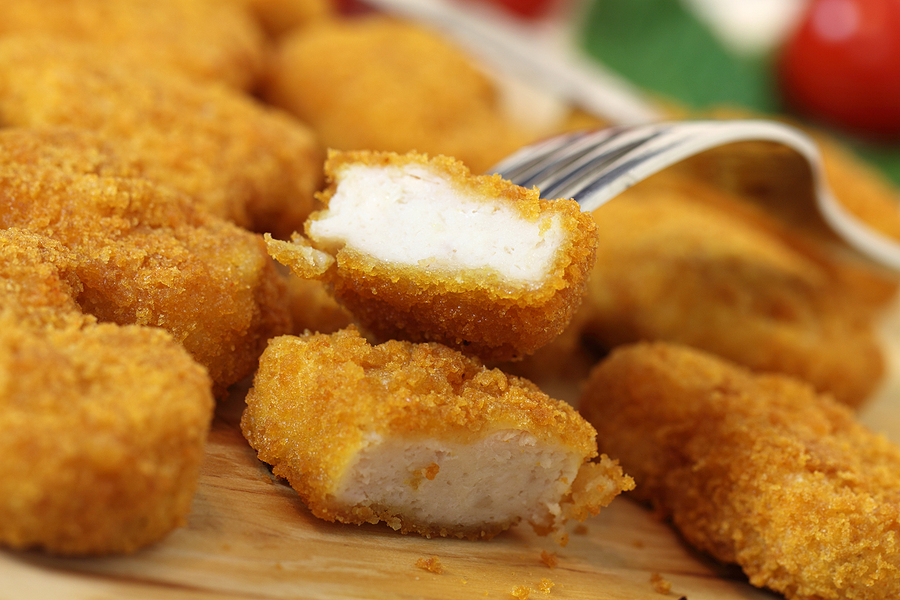By Santtu Vekkeli, one of the founders of SuperGround
According to the United Nations, the global population is expected to increase by 2 billion in the next 30 years. Currently, we are at 7.7 billion, but by 2050, the number will be 9.7 billion. In around 2100, the population could reach 11 billion.
As the population grows, so does the need for food. With no signs of population growth slowing down, the effect of climate change on crops, ongoing wars, trade barriers and national policies, to name a few – food security is a major issue.
And it’s not just developed countries that enjoy steak and chicken dishes. For the past several years, meat consumption has been on the rise in developing countries due to increasing urbanization and growing incomes. Global meat consumption has been growing and is set to increase by 14% by 2030, driven largely by income and population growth.
The dilemma we face here is the following: meat production is already recognized as an industry contributing heavily to carbon emissions. Going forward, we should solve how to make meat production and consumption more environmentally efficient, as there are no signs of meat consumption decreasing on a global scale, and we can’t just tell people to stop eating meat.
Some answers could be found in poultry: its popularity is growing, as chicken is among the most environmentally efficiently grown terrestrial animals, consuming the least land and water resources. We need solutions that make poultry production more sustainable while enabling even more desirable and tasty food options for consumers.
Technology and solutions that connect sustainability with predominant food choices are needed
Global population and meat consumption are both increasing, with climate change advancing. The time window to make a lasting sustainability change in the food industry is closing rapidly. We need to rethink meat production.
But wait – what about vegetarian or strict vegan diets? With the widespread use of soy protein, it would be possible to phase out meat, if not entirely, then at least in large part. However, the sustainability challenge of the food industry won’t be solely solved with vegan alternatives, such as vegan protein.
Consumer behavior more broadly is not predicted to shift to more environmentally efficient products fast enough to swiftly reduce greenhouse gas emissions related to dietary choices – even in countries where alternative proteins are most popular. People change their dietary habits slowly and prefer options they are already familiar with. Furthermore, some people simply prefer meat over vegan options, be it beef or poultry. It may come down to cultural background or simple taste preferences.
Food production needs to stop neglecting the nutrition possibilities of chicken bones
On a global scale, dietary choices change slowly, but a major change needs to happen now – for both the environment and food security. We need solutions that enable the current meat production to be more efficient and sustainable, and can have an instant effect on producing commonly well-known foods that are safe, nutritious, and tasty.
So instead of looking at meat and thinking “How can we get rid of all of this?”, we instead need to consider how we could utilize the food source less wastefully. We need a change in food production culture where food production animals are utilized to their full potential to make food for humans instead of secondary uses, such as feeding animal parts to fur animals or use as low-grade fertilizer. One way to start is to stop the general neglect of the nutrition possibilities of chicken bones.
Today, as chicken meat is being produced, the skeleton, which is about 25–30% of a chicken’s net weight, is completely wasted. Not only is it wasted animal material, it’s also a largely untapped source of calcium and other nutrients, such as gelatin protein and fats from the bone marrow. Use of bones does not decrease the nutritional value of food, it improves it. Using “all of chicken” also results in an increase in food production without increasing the amount of chickens.
Quite simply, it’s possible to produce more food without burdening our planet more.


